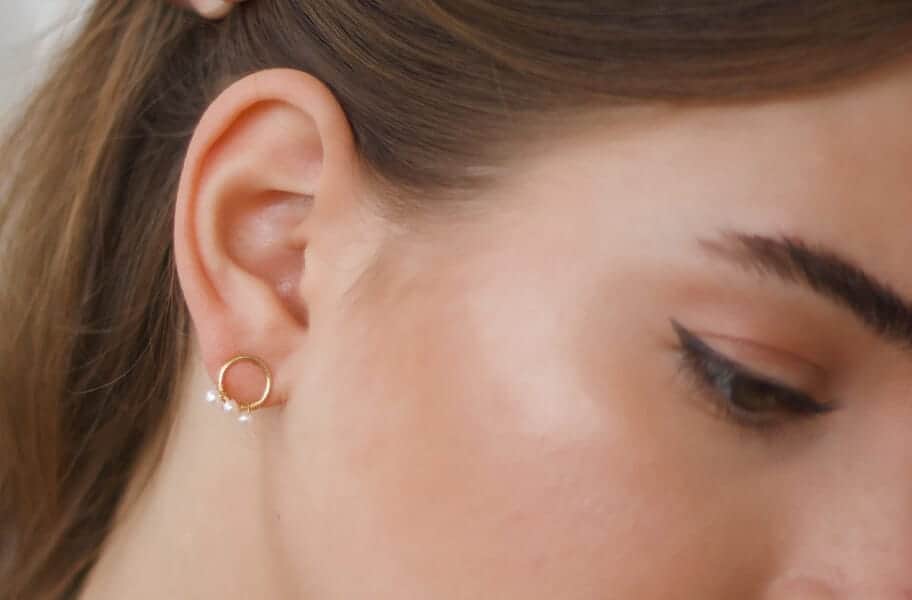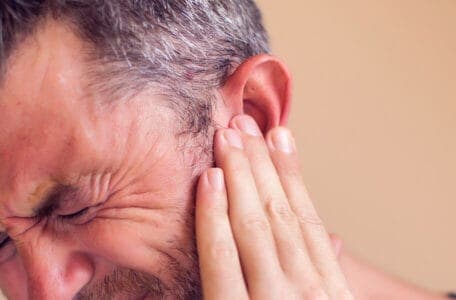To mark World Hearing Day today, we’ve put together some interesting facts about ears! Did you know…
- The human ear can pick up sound wave frequencies as low as 20 Hz and as high as 20,000 Hz
- The inner ear is also known as the ‘labyrinth’ and is responsible for sound detection as well as balance. Research suggests that our ability to balance in this way can be traced back to fish, some of which have a primitive version of the human inner ear to help with sensing water currents
- Ears are self-cleaning! Earwax is the body’s self defence mechanism because it’s antifungal, antibacterial and prevents debris and dirt from entering the ear canal. The movement of our jaw also helps thin layers of wax to fall away and clean our ears in the process
- The smallest bones in the body can be found in the middle ear – they are the stapes, the incus and the malleus (together, they are no larger than a penny!)
- It only takes one exposure of loud noise (85 decibels or higher) to damage your hearing permanently. Exposure to sounds at 120 decibels can potentially damage hearing within 7.5 minutes
- Your outer ear never stops growing throughout your lifetime. Typically, men’s ears are larger than women’s. The average ear is about 2.5 inches long, the average ear lobe is 0.74 inches long and 0.77 inches wide
- There are around 15,000 tiny hair cells inside our cochlear – the small, snail-shaped organ in the inner ear. These hair cells are the sensory receptors of the auditory system and without them, you wouldn’t be able to hear
- When travelling through air, sound waves can travel at around 330 metres per second (m/s)
- Ears are always actively listening, even when you’re asleep – although the brain learns to ignore these sounds so that you can sleep peacefully
- Ears aren’t just for listening; they also help with balance. Canals within the inner ear contain fluid and hair-like sensors (cells) that help you keep your balance. These cells are tiny particles that help monitor the position of your head in relation to gravity and motion – such as going up and down or forward and backward while travelling
- The middle ear is connected to the throat by the Eustachian tube, which is responsible for balancing the link between atmospheric and body pressure. It’s around 1. 2-1. 5 inches long and is lined with a mucous membrane
- Ears can affect your sense of taste because of the chorda tympani nerve. It’s a branch of the facial nerve that carries taste messages to the brain via the middle ear
- Because the skin in your ear canal grows at a rate of around 1.3 inches per year, you get a “new” ear canal every 12 months when the old skin sheds.
To learn more about our range of audiology services, including hearing tests and ear wax removal, call us on 01223 661399





